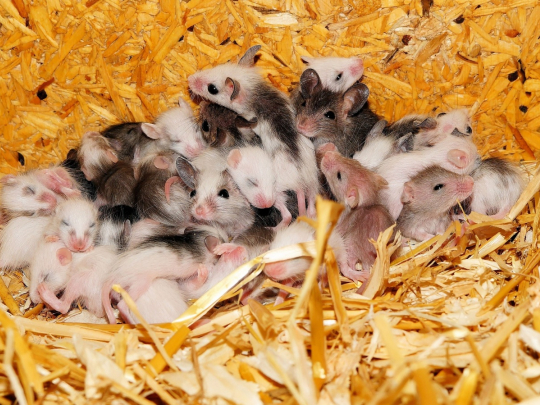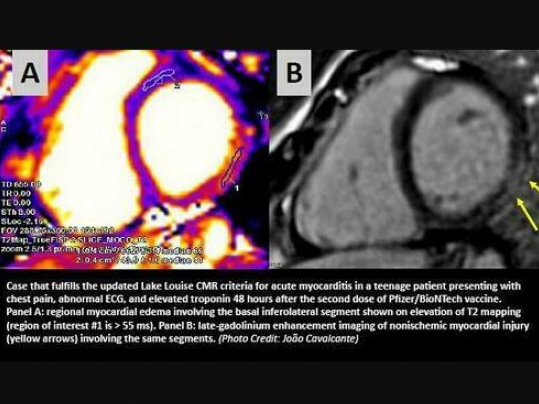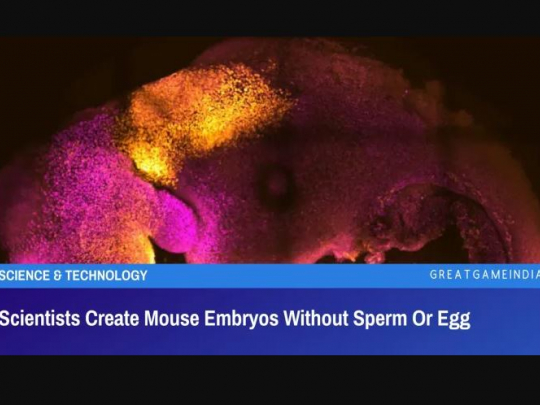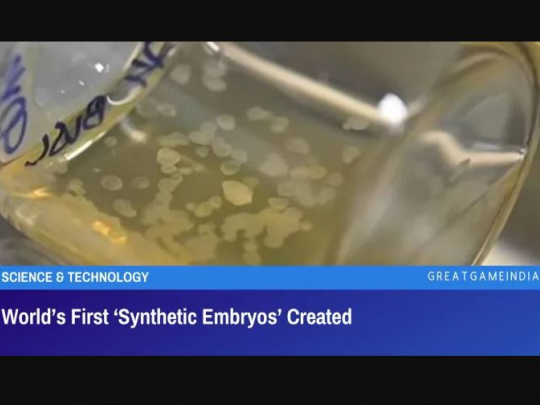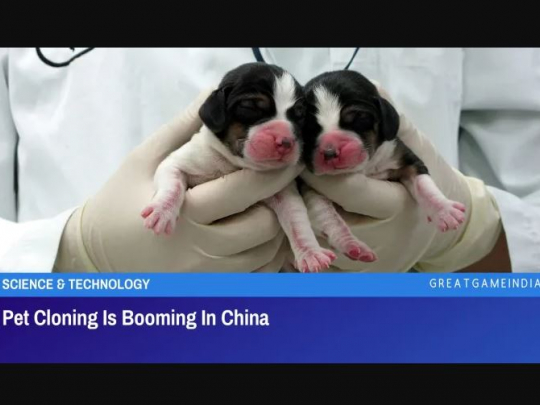For The First Time Animals Have Been Cloned From Freeze-Dried Skin Cells
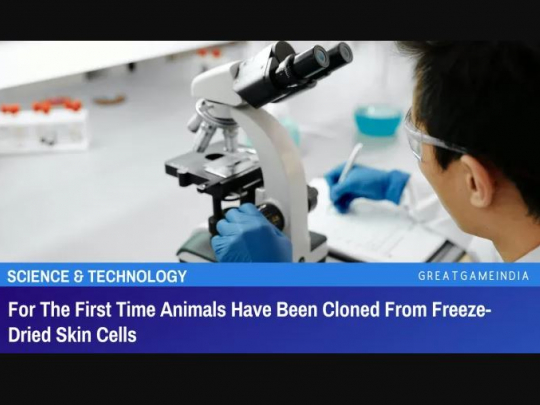
Researchers led by Sayaka Wakayama from the University of Yamanashi in Japan have for the first time cloned animals from freeze-dried skin cells, but this technique still has a low success rate.
Freeze drying is a technique that truly outperforms its (relatively) little weight. In addition to providing astronauts with more food options and making for a delicious chocolate-covered strawberry, the technology may now be used to store DNA and cell information for cloning.
Freeze drying of cells is a truly exciting step, but it still has a long way to go before it becomes a common cloning and storage technique with success rates as low as 0.2 percent.
According to researchers led by Sayaka Wakayama from the University of Yamanashi in Japan in their new paper (pdf given below), “maintaining biodiversity is an essential task, but storing germ cells as genetic resources using liquid nitrogen is difficult, expensive, and easily disrupted during disasters.”
“Here, we show that freeze-dried somatic cells can produce healthy, fertile clones, suggesting that this technique may be important for the establishment of alternative, cheaper, and safer liquid nitrogen-free biobanking solutions.”
Although tedious, freeze drying is a gentle process. Imagine placing something in a vacuum chamber at high pressure after it has been repeatedly frozen until it reaches -80 degrees Celsius (-112 degrees Fahrenheit).
The procedure turns water into ice without causing large ice crystals to pierce the cell walls, and the pressure converts water directly from a solid to a gas that is subsequently drawn out of the finished product. The process is repeated several times to produce an item that is light and crunchy but yet retains the majority of its structural integrity.
The food industry uses freeze drying the most because it preserves flavors and nutrients. Pharmaceuticals and occasionally even taxidermy use it as well.
The item can be rehydrated once it has reached the destination, preserving many of its original features. This procedure is quite straightforward and has been carried out successfully for many years. But doing this to cells that will later be used for reproduction is a whole separate matter.
This same research team has tested storing freeze-dried sperm on the International Space Station for more than five years as well as in a desk drawer for more than a year without temperature control. Though the success rate was in the teens, both produced live offspring.
“Freeze drying could be the best way to preserve genetic resources for a long period in a safe, low-cost, and location-independent manner,” the researchers write in their paper.
“However, to date, the only cells that have produced offspring after freeze drying are mature spermatozoa. Collecting spermatozoa from infertile males and oocytes/embryos from fertile females is difficult.”
To clone an animal, you need a somatic cell, a non-reproductive cell that contains all of the animal’s DNA. The process of creating a baby can then be initiated by inserting this nucleus package, which is packed with DNA, into an egg cell.
Cloning gives you access to an animal’s whole genetic makeup rather than just the portion found in reproductive cells, yet it is not the most convenient method for preserving genetic material for the future.
Currently, liquid nitrogen can be used to store somatic and reproductive cells, which can then be swiftly warmed up to reactivate the cells for use in biobanks or other purposes.
However, the researchers used mouse somatic cells (in this case, fibroblasts and cumulus cells), freeze dried, and maintained at -30 degrees Celsius (-22 degrees F) for up to nine months in order to compare freeze drying to other methods.
The team did manage to extract the remaining genetic material and insert it into new cells, which produced early embryo cell lines, despite the fact that the cells did die and there was significant DNA damage.
In order to make cloned mice, the nuclear information from these cell lines was then removed and placed into a new embryo. Therefore, this procedure is not flawless. Only 0.2 percent of the time did every step, including rehydration, cell line creation, and actual mouse development, go according to plan. The technology now has even lower chances of working than the sheep Dolly, whose cloning had a 0.4 percent probability of succeeding.
Due to DNA damage, some mice were not exact clones and had epigenetic abnormalities. There is still much to learn about how to improve this process since in one intriguing case, the cell line lost its Y chromosome and switched from being male to female.
Having said that, cloning animals from such damaged cells and DNA would be beneficial in other ways as well if the success rate finally increases. Even the best-preserved DNA deteriorates over time, so we’ll need to get better at cloning from incomplete or degraded DNA if we hope to successfully resurrect extinct animals.
Although this is a long way from where we are right now, the future looks interesting.
- Source : GreatGameIndia




